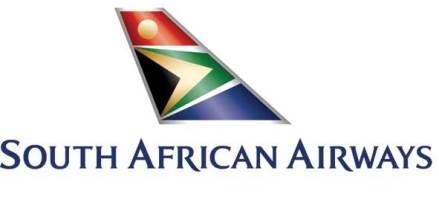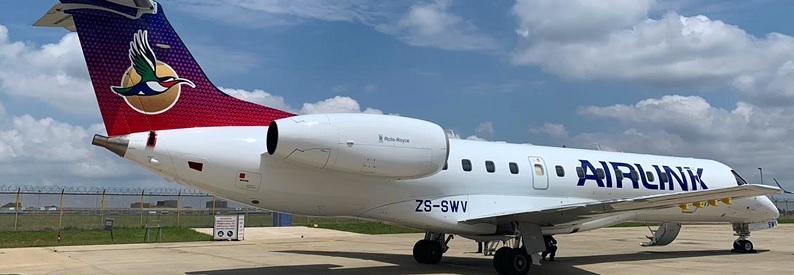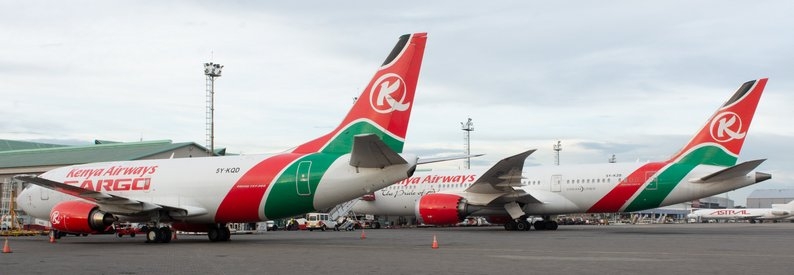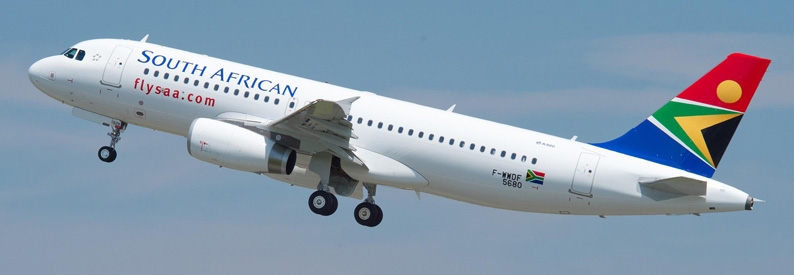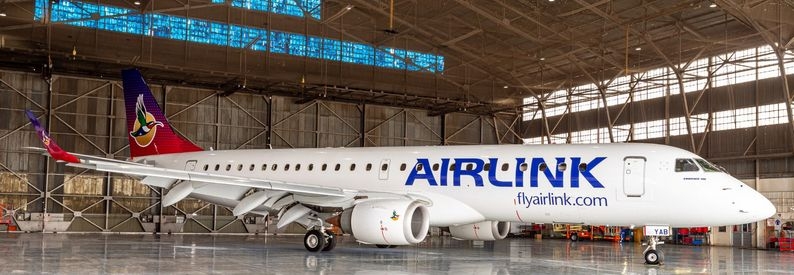The South African government has reached “an agreement in principle” with an as-yet-unnamed strategic equity partner for the relaunch of South African Airways (SA, Johannesburg O.R. Tambo), says public enterprises minister Pravin Gordhan.
“There is an agreement in principle that there is a possibility of a partnership,” he told Parliament’s Portfolio Committee on Public Enterprises on June 2, 2021. Both parties were now conducting due diligence procedures, a process expected to be concluded within four to eight weeks. He declined to disclose the identity of the strategic partner for “commercially sensitive” reasons.
He said the in-principle deal was that the private sector equity partner would inject new capital for the airline's revival, while the government would spend ZAR14 billion rand (USD1 billion) to “clean up” the historic debts of the airline. “That is the grand bargain we have actually entered into,” he said.
He said once the due diligence process was concluded, a sales and purchase agreement would be entered into, which would finalise the arrangement. “Within that process, we have to ensure that we secure certain rights, like the domicile of the airline, the brand, the routes, etc.” Part of these discussions would be the future of SAA’s Voyager loyalty programme, Gordhan said, intimating that the equity partner would be looking at updating the model.
He said about 30 expressions of interest were initially received, either in SAA as a group or for parts of SAA. The transaction advisor, Rand Merchant Bank, had narrowed them down to a short-list of five. SAA’s new interim Board had interacted with these earlier this year, whereafter the shortlist was narrowed down further, not just by Government but by circumstances as well. “Where there were airlines or airline groups involved, they themselves were impacted by the extend of the pandemic,” he explained, adding the process was now in its final phase. “We are beginning to see light at the end of the tunnel.”
Gordhan said the “reborn SAA” would start small and then grow depending on demand and opportunities. He said the new management would make decisions concerning the future fleet. Questioned whether SAA would buy or lease aircraft, he said this would be determined by what would be the most feasible and how much cash would be available.
He said the future fleet and routes would also depend on competition in the densely traded South African domestic market. According to information provided by Gordhan’s department, the domestic market is currently dominated by low-cost carriers FlySafair and Kulula Air (both holding 33% market share), with SAA subsidiary Mango Airlines at 14%, trailed by Airlink (South Africa) at 11%, Comair (South Africa) (branded as British Airways) at 7%, and newcomer Lift Airlines at 4%. Regional carrier CemAir is not reflected in the department’s breakdown.
Gordhan said the issuing of air service licenses to new entrants “left, right, and centre” was “not precisely helpful” for SAA’s return in the context of the limited market. “South Africa’s open skies policies are in fact going to come home to bite us,” he said.
SAA was currently preparing for the resumption of operations – likely to happen around August 2021 and focusing on attaining regulatory compliance from the South African Civil Aviation Authority (SACAA). Its interim management was working on a market re-entry strategy (route network simulation, product development, and pricing); and aligning SAA’s subsidiaries for the resumption of operations. They were also finalising legal disputes with labour unions and SAA pilots.
SAA would review its cargo strategy to align with market changes. There was a need to focus on expanding the business using third-party capacity suppliers and for investment in infrastructure and IT systems to support the new business model.
SAA exited bankruptcy protection on April 30, 2021, after having been in administration since December 5, 2019. A receivership has been established that will manage the settlement of outstanding liabilities over the next three years.
Giving a breakdown of the state funding, Gordhan said the Government would provide a total amount of ZAR14 billion to SAA, of which it approved ZAR10.5 billion (USD776.7 million) through the passing of the Second Adjustments Appropriation Act on January 20, 2021. Of this, ZAR7.8 billion (USD576.8 million) had already been disbursed to SAA, while another ZAR3.5 billion (USD258.8 million) would be provided over the next three years, amongst others to pay out the lessors.
Allocations would be as follows:
- ZAR2.8 billion (USD207 million) to former employees;
- ZAR800 million (USD59 million) to post business rescue creditors;
- ZAR2 billion (USD148 million) for working capital and interim flying;
- ZAR2.7 billion (USD199.6 million) to recapitalise SAA’s subsidiaries;
- ZAR3.4 billion (USD251 million) to refund unflown tickets;
- ZAR2.3 billion (USD170 million) for concurrent creditors.
Fees to the administrators, lawyers, and other consultants involved in the business rescue process amounted to more than ZAR220 million (USD16.2 million), Gordhan said.
